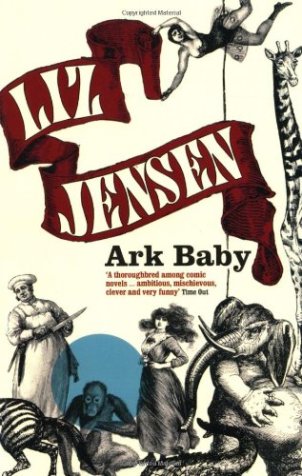 I did this book as part of an off the wall university module called ‘Animal Writes’. The course was led by one of the more zany professors, known simply as Bob. I liked Bob. Firstly for his ability to come up with excellent puns (Animal Writes?! SNARF SNARF SNARF). Secondly because he sounded like Billy Connolly. And thirdly because he was barmy about animals.
I did this book as part of an off the wall university module called ‘Animal Writes’. The course was led by one of the more zany professors, known simply as Bob. I liked Bob. Firstly for his ability to come up with excellent puns (Animal Writes?! SNARF SNARF SNARF). Secondly because he sounded like Billy Connolly. And thirdly because he was barmy about animals.
We did a few slightly uncomfortable books (My Dog Tulip was the notable weird one), and then all the expected stuff (Jack London and Virginia Woolf’s Flush). And then we did Liz Jensen’s Ark Baby.
Ark Baby is absolutely nuts. A whole new take on Darwinism, told with a distinct twinkle in the eye.
Like many of my favourite books, the story is told over a three generations where the characters all inter-link so there’s lots of piecing together and ‘Aha!’ moments. I’ll sum it up for you:
We open on a scene akin to Noah’s Ark on crack, which is all written in broken English by some poor lass who is trapped on a boat with a bunch of animals – who are all being rounded up for the Queen’s ambitious taxidermy collection, by the evil Horace Trapp.
Next we are propelled forward to 2005, where the UK is in the midst of the Fertility Crisis. Desperate young women have started keeping monkeys as their surrogate children, and veterinary medicine is cashing in. However, when vet Bobby Sullivan is persuaded by a man to put down his wife’s monkey (who goes by the name of Giselle) – he has to go on the run to escape an impending law suit.
Rewind back to the Victorian era and we are introduced to taxidermist Dr. Scrapie, who is working on the Royal Collection for the Queen after Horace Trapp’s ark returns.
Skip a generation, and Dr Scrapie and his laudanum addicted wife have a daughter named Violet. A compulsive eater, Violet befriends an obsessive chef who served aboard Horace Trapp’s Ark, and is now in Dr. Scrapie’s employment, turning all the exotic meats from the Ark into experimental dishes.
And finally, a contemporary of the Scrapie family, we meet Victorian freak Tobias Phelps. Raised in a fiercely religious environment, where the very name ‘Darwin’ is a dirty word – he is the most important character in this bizarre tale.
All of these generations are eventually weaved together, in a dark and equally funny history. The characters are awesome, and the pace is excellent.
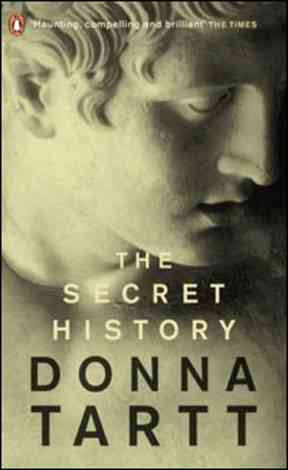
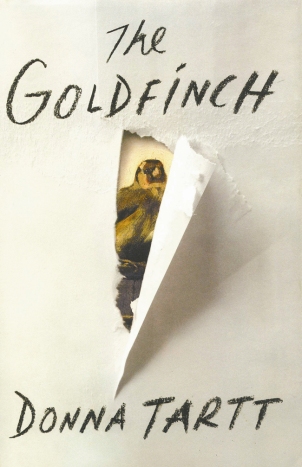
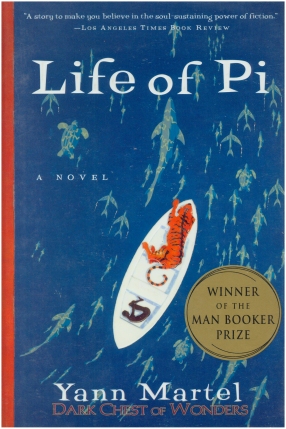
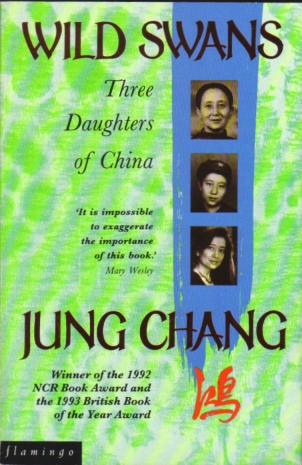
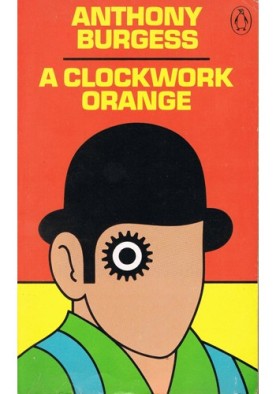
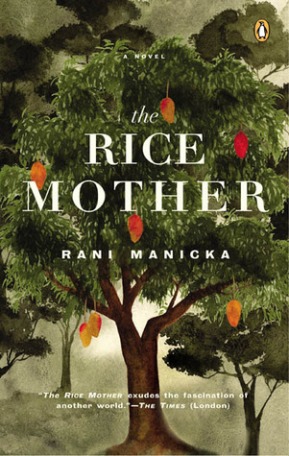
You must be logged in to post a comment.